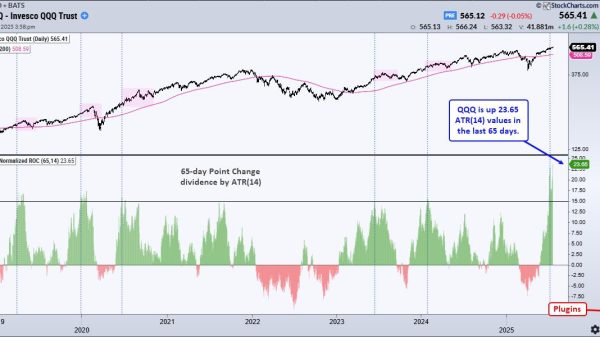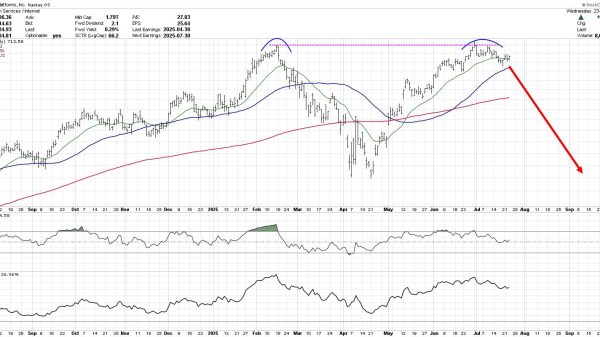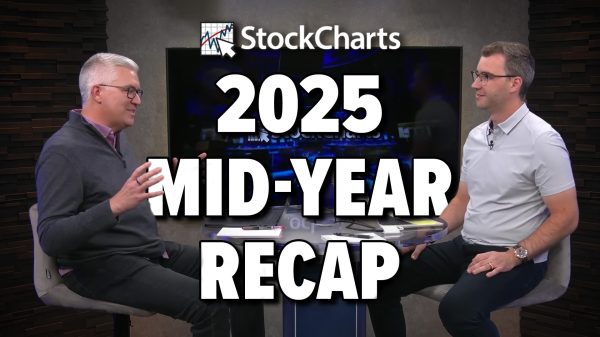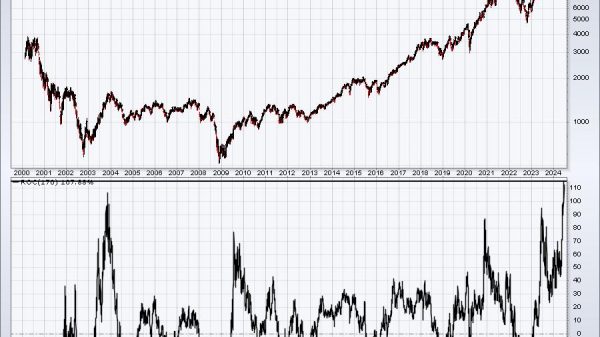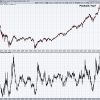What Is P&L in Trading?: All Crucial Information
What do you think of P&L? Do you know what is P&L in trading?
First of all, P&L stands for “Profit and Loss” in trading. It is a financial statement that shows the profits or losses generated from trading activities over a specific period of time.
Interestingly, P&L provides an overview of the revenues, costs, and expenses associated with trading positions. It helps traders and investors assess the financial performance of their trading activities and determine the net profit or loss.
As can be seen from the information mentioned above, you don’t have to be a financial guru in order to understand “What is P&L in trading?”
Let’s continue!
The P&L statement is of great importance in trading for several reasons:
Performance Evaluation: P&L helps traders assess their trading performance by providing a clear picture of the profits or losses generated. It enables them to evaluate the effectiveness of their trading strategies and make informed decisions for future trades.
Risk Management: P&L analysis allows traders to understand the level of risk they are exposed to. By tracking and monitoring their P&L, they can identify potential risks and take appropriate actions to mitigate them. It helps in setting risk limits, determining position sizes, and implementing risk management strategies.
Decision Making: P&L provides essential information for decision-making in trading. Traders can use the P&L statement to analyze the profitability of different trading instruments, assess the impact of market conditions, and adjust their trading strategies accordingly.
Tax Reporting: P&L statements are crucial for tax reporting purposes. Traders need to accurately report their trading profits or losses to comply with tax regulations.
P&L statements provide a comprehensive record of trading activities, facilitating the calculation and reporting of taxable income.
Performance Comparison: P&L allows traders to compare their performance against benchmarks or other traders. It helps in determining whether their trading results are above or below average and provides insights into areas for improvement.
Overall, P&L analysis is essential for traders to evaluate performance, manage risk, make informed decisions, and ensure compliance with tax obligations. It serves as a key tool in trading operations and contributes to the overall success of traders and investors.
What is P&L in options trading?
Do you remember “What is P&L in trading?”
As mentioned above, it is a financial statement that shows the profits or losses generated from trading activities over a specific period of time.
What about P&L in options trading?
When it comes to options trading, P&L refers to the calculation and assessment of the profits or losses generated from trading options contracts.
It involves analyzing the financial outcome resulting from changes in the underlying asset’s price and other factors that impact option prices.
P&L in options trading takes into account the following components:
Premium: The initial cost or income received when entering an options position is called the premium. It is the price paid to purchase an option or received from selling an option.
Intrinsic Value: In the case of options, the intrinsic value represents the amount by which an option is in the money (the difference between the underlying asset’s price and the strike price). It contributes to the overall profitability of the options position.
Time Decay: Options have an expiration date, and as time passes, the value of the option may erode. The P&L of an option’s position is affected by changes in time decay.
Price and Volatility Changes: Options prices are influenced by changes in the underlying asset’s price and market volatility. These changes can result in gains or losses in the P&L of options positions.
By monitoring and analyzing the P&L of options positions, traders can evaluate the performance of their options strategies, assess the impact of market conditions, and make informed decisions regarding position management, adjustments, or exit strategies.
It’s important to note that options trading involves risks, and traders should have a solid understanding of options pricing, strategies, and associated risks before engaging in options trading activities.
Stock market and P&L
In the stock market, P&L (Profit and Loss) refers to the calculation and assessment of the profits or losses generated from trading stocks or stock-related investments.
Importantly, P&L involves analyzing the financial outcome resulting from changes in stock prices, dividends, and other factors that affect stock values.
The P&L in stock market trading takes into account the following components:
Buy and Sell Prices: The P&L is calculated based on the price at which a stock was bought and the price at which it was sold. The difference between these two prices determines the gain or loss.
Dividends: Some stocks pay dividends to shareholders. Dividends received by the investor can contribute to the overall profitability of the investment.
Transaction Costs: Transaction costs such as brokerage fees, commissions, and taxes can impact the P&L. These costs are subtracted from the profits or added to the losses to calculate the net P&L.
Capital Gains and Losses: The P&L statement reflects the capital gains (profits) or losses generated from buying and selling stocks. It helps investors assess the performance of their stock investments and make decisions based on their profitability.
What makes P&L so important?
Tracking and analyzing the P&L in stock market trading is important for several reasons:
Performance Evaluation: P&L allows investors to evaluate the performance of their stock investments and assess their trading strategies. It helps identify successful trades and areas that need improvement.
Risk Management: By monitoring P&L, investors can assess the level of risk associated with their stock investments. It helps in setting risk limits, determining position sizes, and implementing risk management strategies.
Tax Reporting: P&L statements are essential for tax reporting purposes. Investors need to accurately report their stock trading profits or losses to comply with tax regulations.
Decision Making: P&L provides important information for decision-making in the stock market. Investors can analyze the profitability of different stocks, sectors, or investment strategies, and make informed decisions based on their P&L analysis.
Overall, P&L analysis is crucial for evaluating performance, managing risk, making informed investment decisions, and ensuring compliance with tax obligations in stock market trading.
The post What Is P&L in Trading?: All Crucial Information appeared first on FinanceBrokerage.






